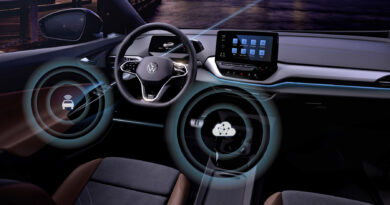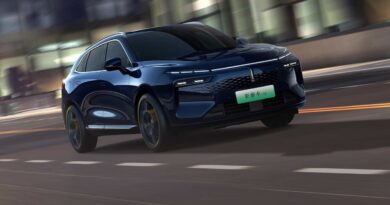735kW Toyota GR Super Sport hybrid hypercar tested
Toyota’s first hybrid hypercar is nearing production following a publicity run around the famous Le Mans circuit in France.
The two-seat Le Mans racer-inspired GR Super Sport lapped the 13.6km circuit for a demonstration run hours before Toyota took to the track and eventually won the 24-hour race for the third time.
Covered in a chequered camouflage, the mid-engined GR Super Sport was driven by former Formula 1 driver Alex Wurz, a two-time former Le Mans winner, albeit not for Toyota.
“It was an honour to drive this development version of the GR Super Sport for the first time in public, and especially at a circuit like Le Mans which is so closely connected to this car,” said Wurz, referencing the TS050 Le Mans race car that is closely connected to the Toyota performance flagship.
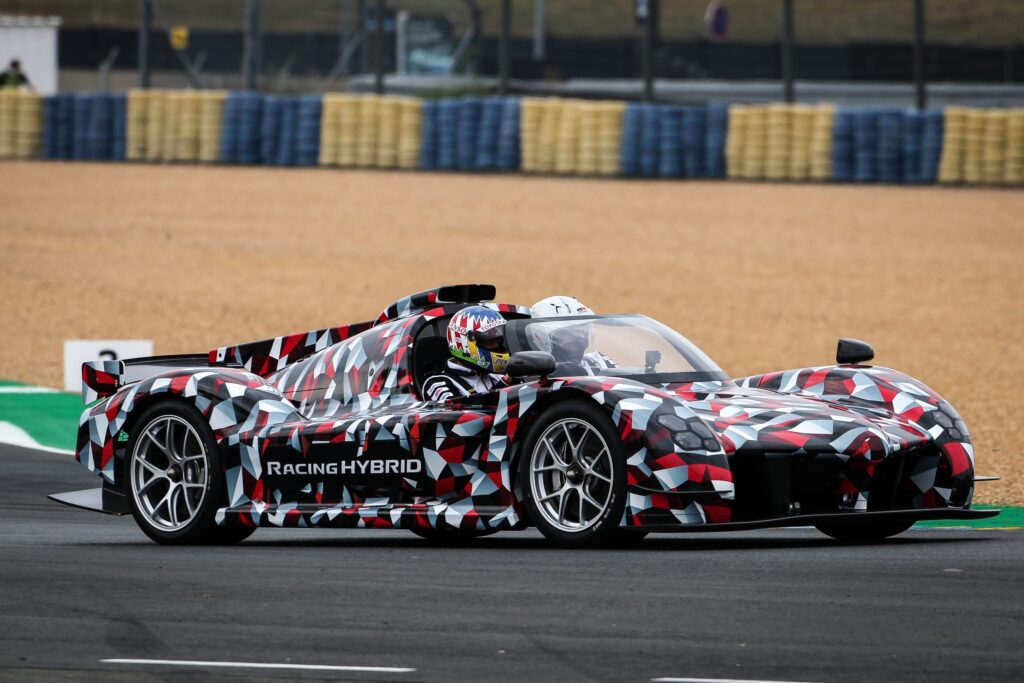
“I could feel the similarities between the GR Super Sport and the TS050 Hybrid in terms of performance, particularly the four-wheel drive and the hybrid system,” he added.
GR denotes Gazoo Racing, Toyota’s modern race team and the branding to be used on an upcoming family of performance cars. The GR Super Sport will be the hero of the family.
Toyota hasn’t released details about the GR Super Sport, other than to say it features a hybrid system sending drive to all four wheels.
It’s expected to use a detuned version of the 2.4-litre V6 twin-turbo developed for the TS050.
Like all Toyota hybrids (at least those sold in Australia) the GR Super Sport will run purely on petrol, with a regular hybrid system rather than a heavier plug-in hybrid system.
The hybrid system will use lithium-ion batteries in line with Toyota’s shift to the superior battery technology – starting with the Yaris Hybrid and Camry Hybrid – over the nickel-metal hydride batteries it has long used in hybrids.
There will be two electric motors, one for the front wheels and one for the rears.
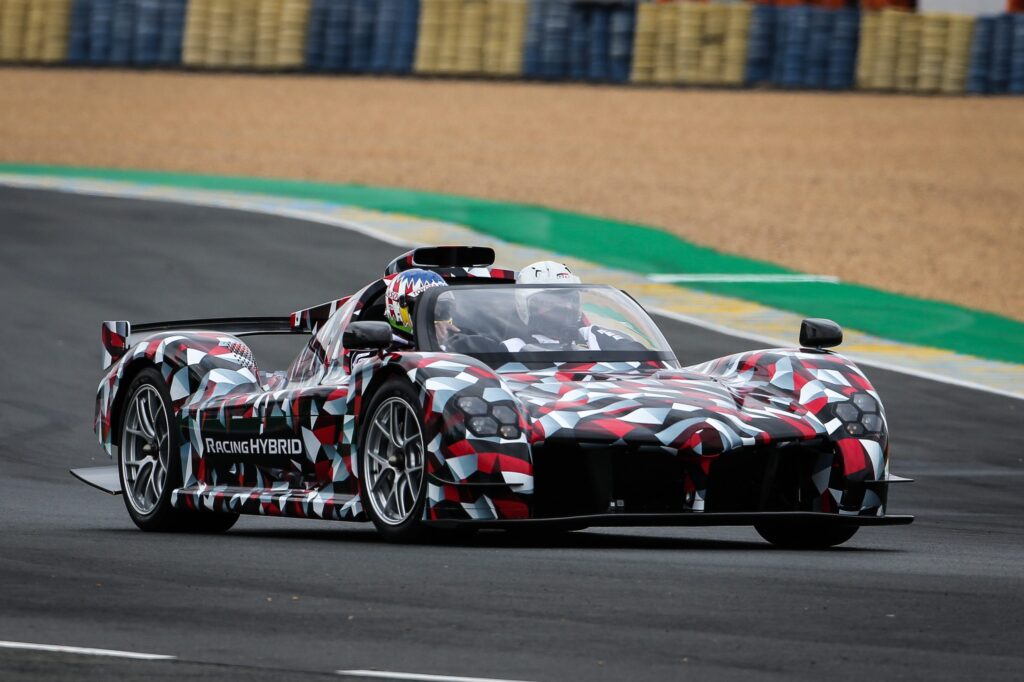
Expect the emphasis to be on performance, with expectations the GR Super Sport will make about 735kW of peak power – almost 1000 horsepower.
That’s the equivalent of almost six Toyota Corollas – and 50 percent more than the Ferrari F8 Tributo.
Wurz suggested the GR Super Sport’s development would further boost performance from the prototype he drove on the weekend.
“The engineers tell me this was only a small taste of the GR Super Sport’s true performance, so I am super excited to drive it again one day in the near future.”
It’s clear much of the GR Super Sport’s performance will come from a lack of kilograms and an intense focus on aerodynamics.
Underpinning it is a carbon fibre tub and all the panels are lightweight carbon fibre, keeping weight well below one tonne.
It’s also a small machine.
At 79kg driver Alex Wurz is no giant – he’s 187cm tall, or six-foot, one-inch – yet a front-on image shows his and his passenger’s helmets clearly protruding above the windscreen. The removable roof panel may provide more function than simply allowing air into the cabin!
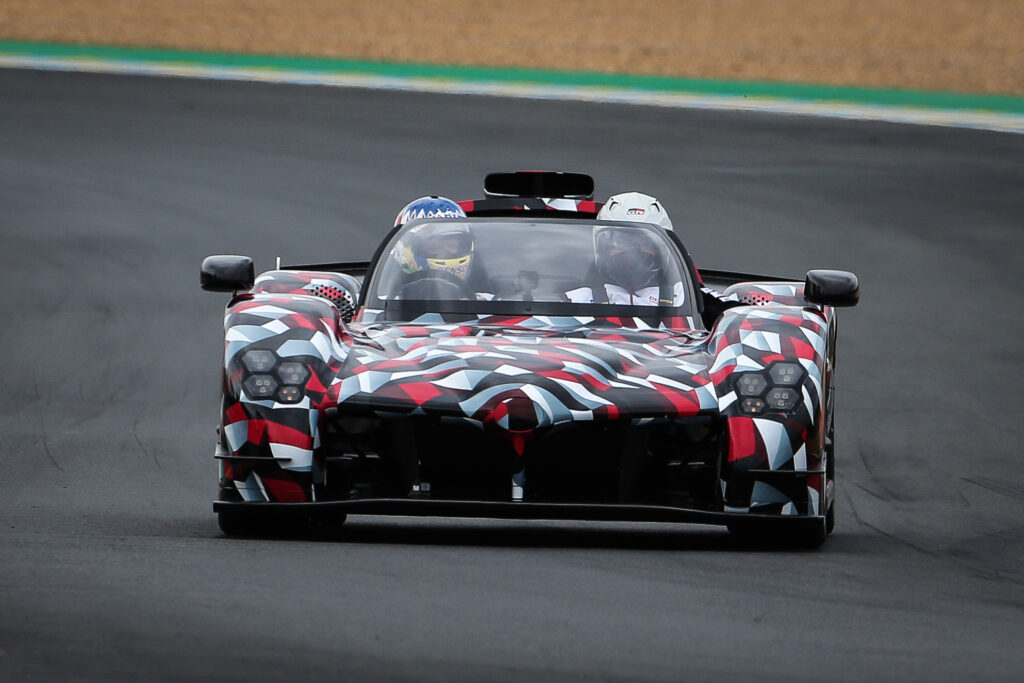
And from every angle it’s clear the GR Super Sport is about lean hot-lapping rather than comfort and space, with body work moulded around the wheels and the hybrid drivetrain sitting behind the occupants.
There are also plenty of reminders of its race DNA, including the aerodynamic spine joining the engine cover with the rear of the car and the air intake on top of the roof.
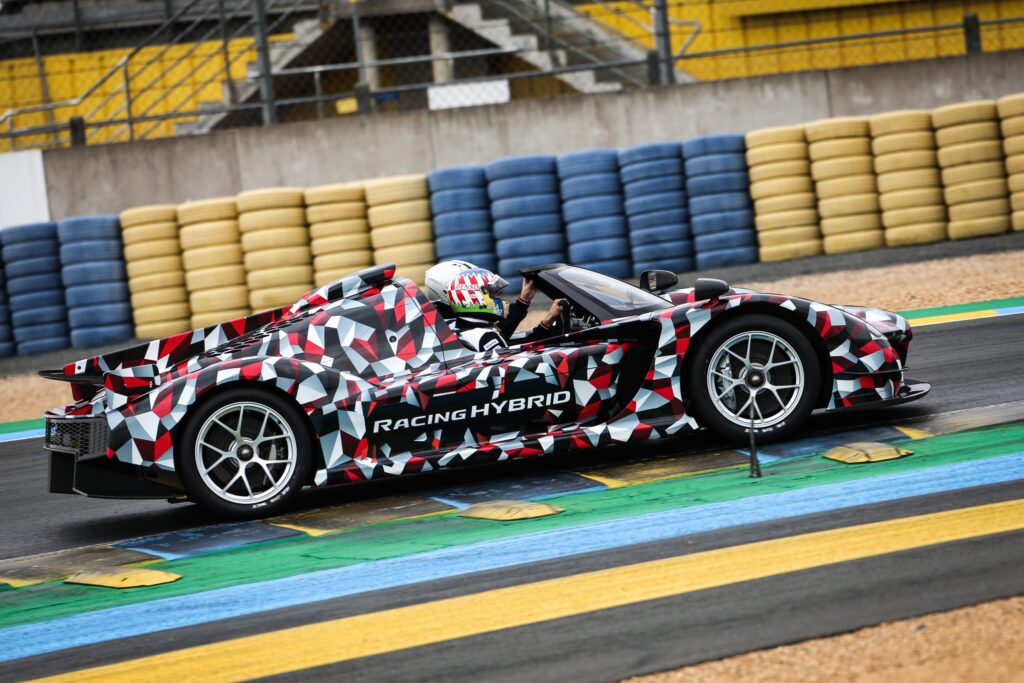
The GR Super Sport gives Toyota an entry into the upcoming hypercar race.
Others to join the top-speed race include the Mercedes-AMG Project One and Aston Martin Valkyrie.


